Key Moments in Cardiology History
Click the year or decade below to view its content.
1800s
- In 1896, Frankfurt's Ludwig Rehn performs the first successful heart surgery, closing a stab wound to the heart in a young man with pericardial tamponade.
1920s
-
1923
Harvard's Elliot Cutler, collaborating with cardiologist Samuel Levine, performs the first successful mitral commisurotomy using apical mattress sutures. The patient survived for four years after surgery. -
1925
London's Henry Souttar inserted his index finger into the atrium through the appendage to perform commisurotomy. He never performed another case because doctors refused to refer cases. - 1929 Werner Forssmann performs right heart catheterization on himself.
- After seven additional mitral commisurotomy patients died, Elliot Cutler declares a moratorium on his procedure.
1930
- Prague's Otto Klein, unaware of Forssmann's research performs 11 right heart catheterizations in patients, and records cardiac output measurements, which he publishes in Munchener medizinische Wochenschrift.
- Maude Abbott, MD invented an international classification system for congenital heart disease, which became the definitive reference guide to the subject.
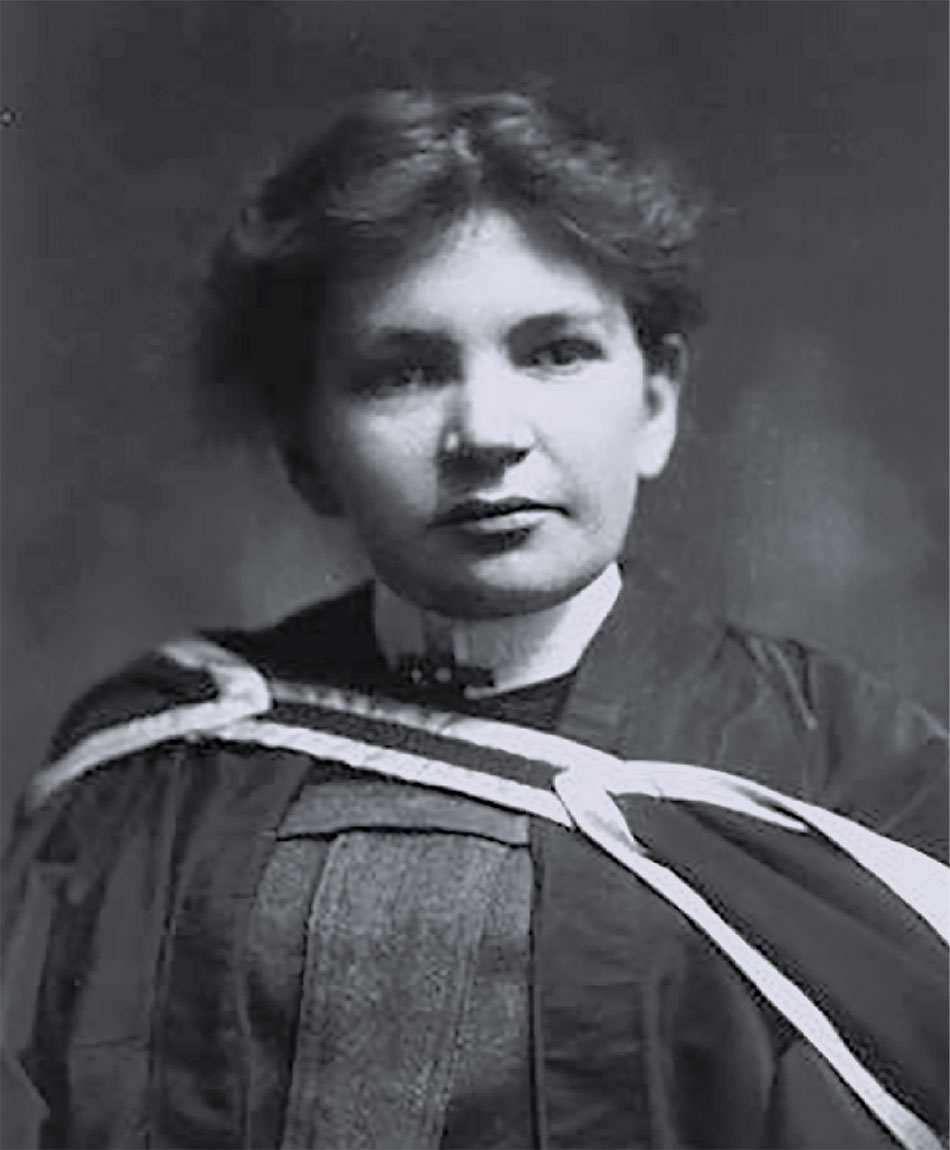
1940s
-
1941
Andre Cournand and Dickinson Richards develop cardiac hemodynamics and angiography as a diagnostic technique. -
1943
Myra Adele Logan, MD becomes the first woman to operate on a human heart. -
1944
Surgeon Alfred Blalock, cardiologist Helen B. Taussig, and lab assistant Vivien Thomas anastamose the subclavian artery to the pulmonary artery as a palliative surgical treatment of Tetralogy of Fallot. - Helen B. Taussig, MD, FACC developed the operation to correct the congenital heart defect that causes "blue baby" syndrome. This achievement led to her being known as the founder of pediatric cardiology.
-
1945
At Blalock's urging, Richard Bing establishes the nation's first cardiac catheterization laboratory at Johns Hopkins Hospital, followed soon thereafter by Lewis Dexter at Peter Bent Brigham Hospital. -
1946
Dwight Harken announces to the medical establishment that he has shattered a two millennia old taboo by successfully operating on the hearts of injured soldiers during the latter stages of World War II. -
1947
Claude Beck performs successful intraoperative defibrillation during surgery on a 14-year-old boy with pectus excavatum. -
1948
Charles Bailey successfully opens a severely stenosed mitral valve using the finger-fracture technique. - Framingham heart study is initiated.
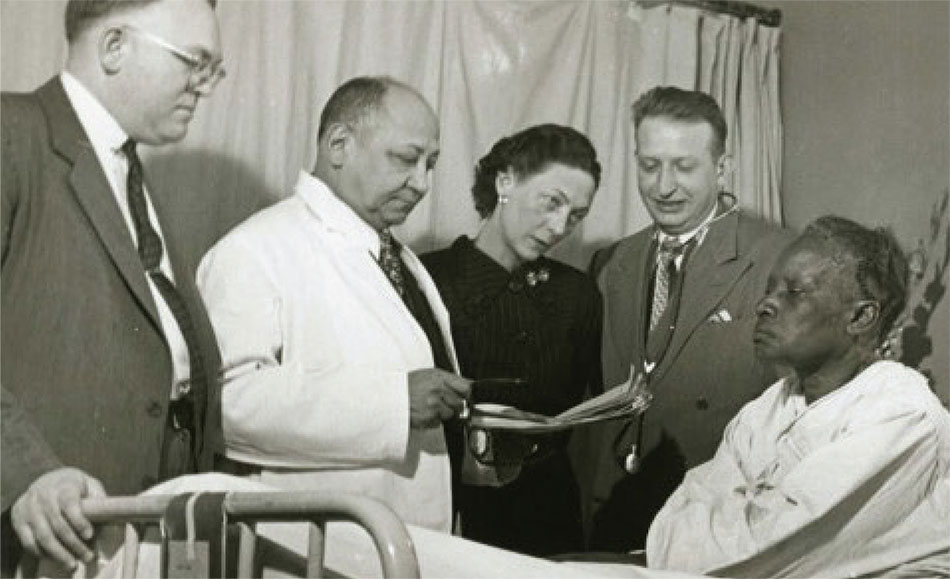
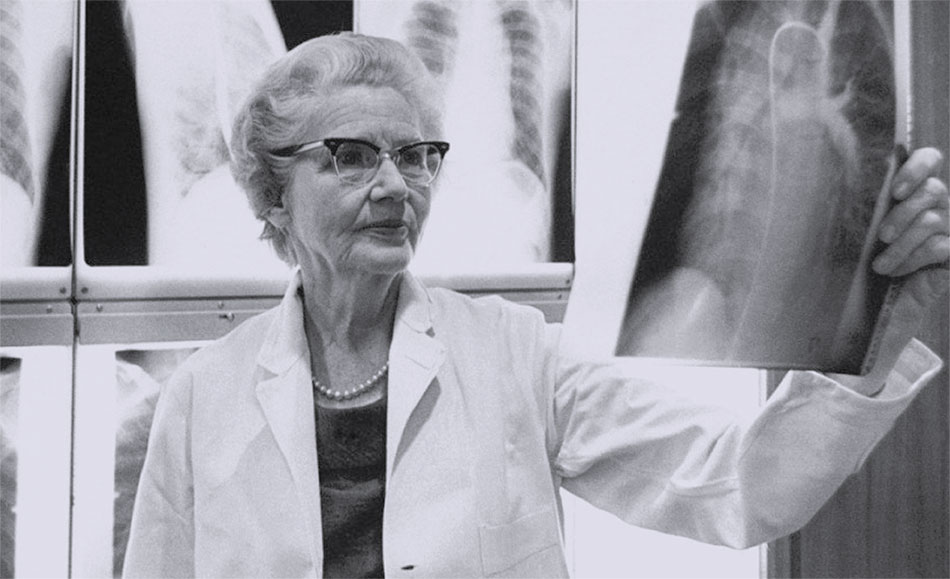
1950s
-
1950
Wilfred Bigelow describes recovery from open heart surgery during hypothermia in dogs. - John Gofman uses ultracentrifugation to identify low-density lipoprotein cholesterol and high-density lipoprotein cholesterol molecules, and reports elevated LDL-C in patients with myocardial infarction.
-
1951
Benedict Cassen invents a rectilinear radionuclide scanner capable of detecting pericardial effusion and pulmonary embolism. - Charles Hufnagel inserts a ball-in-cage valve into the aorta as a treatment of aortic vaIve disease.
-
1952
Paul Zoll paces the heart of 65-year-old man with end-stage coronary disease, complete heart block and recurrent cardiac arrest. - F. John Lewis and C. Walton Lillehei perform the first successful open heart surgery using hypothermia.
-
1953
Inge Edler and his physicist friend Earl Hertz describe M-mode echocardiography. - John Gibbon, in collaboration with IBM engineers, develops the heart-lung machine and repairs an atrial septal defect in an 18-year-old.
-
1956
Forssmann, Cournand, and Richards share the Nobel Prize. In his acceptance speech Cournand says, 'The cardiac catheter was ... the key in the lock.” - Paul Zoll successfully defibrillates a patient with ventricular fibrillation using external shock.
- Olga M. Haring, MD, FACC becomes the first female Fellow of the American College of Cardiology (FACC).
-
1957
Paul Zoll successfully defibrillates a patient with ventricular fibrillation using external shock. - Hematologist Sol Sherry Infuses streptokinase in patients with acute myocardial infarction, but his results are Ignored.
- Peter Safar publishes the book ABC of Resuscitation.
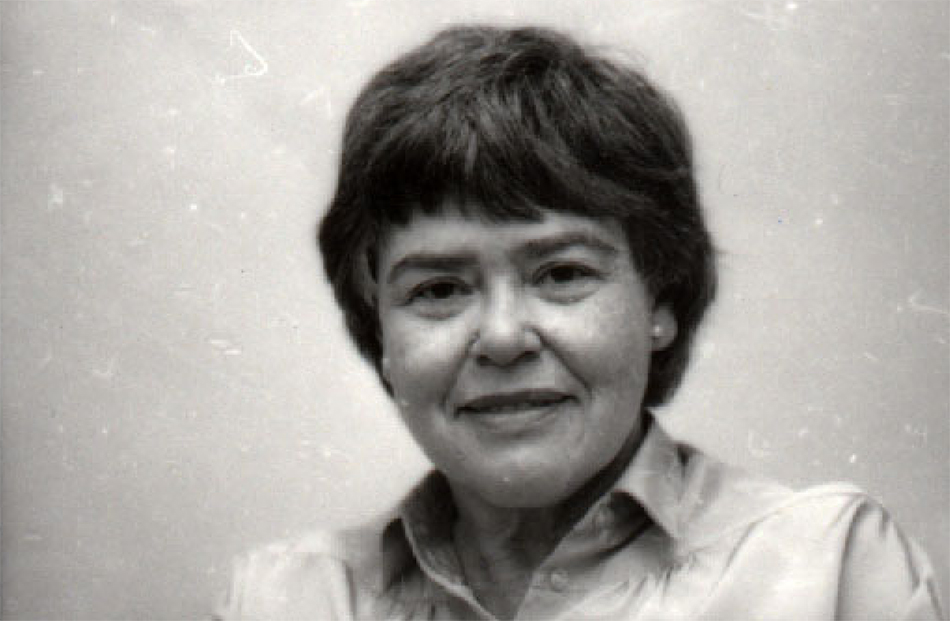
Above image used with permission of Northwestern University, Feinberg School of Medicine, Galter Health Sciences Library, Chicago, IL, USA.
See More Key Moments
Click the year or decade below to view its content.
1800s
- In 1896, Frankfurt's Ludwig Rehn performs the first successful heart surgery, closing a stab wound to the heart in a young man with pericardial tamponade.
1920s
-
1923
Harvard's Elliot Cutler, collaborating with cardiologist Samuel Levine, performs the first successful mitral commisurotomy using apical mattress sutures. The patient survived for four years after surgery. -
1925
London's Henry Souttar inserted his index finger into the atrium through the appendage to perform commisurotomy. He never performed another case because doctors refused to refer cases. - 1929 Werner Forssmann performs right heart catheterization on himself.
- After seven additional mitral commisurotomy patients died, Elliot Cutler declares a moratorium on his procedure.
1930
- Prague's Otto Klein, unaware of Forssmann's research performs 11 right heart catheterizations in patients, and records cardiac output measurements, which he publishes in Munchener medizinische Wochenschrift.
- Maude Abbott, MD invented an international classification system for congenital heart disease, which became the definitive reference guide to the subject.

1940s
-
1941
Andre Cournand and Dickinson Richards develop cardiac hemodynamics and angiography as a diagnostic technique. -
1943
Myra Adele Logan, MD becomes the first woman to operate on a human heart. -
1944
Surgeon Alfred Blalock, cardiologist Helen B. Taussig, and lab assistant Vivien Thomas anastamose the subclavian artery to the pulmonary artery as a palliative surgical treatment of Tetralogy of Fallot. - Helen B. Taussig, MD, FACC developed the operation to correct the congenital heart defect that causes "blue baby" syndrome. This achievement led to her being known as the founder of pediatric cardiology.
-
1945
At Blalock's urging, Richard Bing establishes the nation's first cardiac catheterization laboratory at Johns Hopkins Hospital, followed soon thereafter by Lewis Dexter at Peter Bent Brigham Hospital. -
1946
Dwight Harken announces to the medical establishment that he has shattered a two millennia old taboo by successfully operating on the hearts of injured soldiers during the latter stages of World War II. -
1947
Claude Beck performs successful intraoperative defibrillation during surgery on a 14-year-old boy with pectus excavatum. -
1948
Charles Bailey successfully opens a severely stenosed mitral valve using the finger-fracture technique. - Framingham heart study is initiated.


1950s
-
1950
Wilfred Bigelow describes recovery from open heart surgery during hypothermia in dogs. - John Gofman uses ultracentrifugation to identify low-density lipoprotein cholesterol and high-density lipoprotein cholesterol molecules, and reports elevated LDL-C in patients with myocardial infarction.
-
1951
Benedict Cassen invents a rectilinear radionuclide scanner capable of detecting pericardial effusion and pulmonary embolism. - Charles Hufnagel inserts a ball-in-cage valve into the aorta as a treatment of aortic vaIve disease.
-
1952
Paul Zoll paces the heart of 65-year-old man with end-stage coronary disease, complete heart block and recurrent cardiac arrest. - F. John Lewis and C. Walton Lillehei perform the first successful open heart surgery using hypothermia.
-
1953
Inge Edler and his physicist friend Earl Hertz describe M-mode echocardiography. - John Gibbon, in collaboration with IBM engineers, develops the heart-lung machine and repairs an atrial septal defect in an 18-year-old.
-
1956
Forssmann, Cournand, and Richards share the Nobel Prize. In his acceptance speech Cournand says, 'The cardiac catheter was ... the key in the lock.” - Paul Zoll successfully defibrillates a patient with ventricular fibrillation using external shock.
- Olga M. Haring, MD, FACC becomes the first female Fellow of the American College of Cardiology (FACC).
-
1957
Paul Zoll successfully defibrillates a patient with ventricular fibrillation using external shock. - Hematologist Sol Sherry Infuses streptokinase in patients with acute myocardial infarction, but his results are Ignored.
- Peter Safar publishes the book ABC of Resuscitation.

Above image used with permission of Northwestern University, Feinberg School of Medicine, Galter Health Sciences Library, Chicago, IL, USA.
1960s
-
1960
Engineer Wilson Greatbach and his surgical collaborator William Chardack Implant a pacemaker In 10 patients. The device is licensed to Medtronic. - William Kouwenhoven and James Jude lead a team that develops the methods of cardiopulmonary resuscitation.
- Albert Starr Implants a mechanical ball-In-cage valve prosthesis in the mitral position.
- Technetlum-99m allows real-time Imaging of radiotracers circulating through the heart.
-
1961
Norman Shumway and Richard Lower perform cardiac transplantation in animals. - Sweden's Ake Sennlng reports a case In which he uses a patch graft on the coronary artery.
-
1962
Hughes Day opens a coronary care unit at Bethany Hospital in Kansas City. -
1963
Harvey Feigenbaum uses an ultrasonic neurologic device to identify pericardial effusion and coins the term 'echocardiography.” - The use of an Implantable atrioventricular synchronous pacemaker is described in the American Journal of Cardiology.
-
1964
James Black develops propranolol, the first speclfic β-adrenergic receptor blocking agent. - Charles Dotter and Melvin Judkins develop a method for forcing open iliofemoral stenosis using a set of rigid dilators.
- Drs. Garrett, Dennis, and DeBakey perform the first successful saphenous vein bypass surgery; but uncertain of its outcome, do not publish the case until 1973.
- Helen B. Taussig, MD, FACC received the Medal of Freedom from President Lyndon B. Johnson.
-
1965
Michael DeBakey and Adrian Kantrowitz implant mechanical devices to help a diseased heart. - Helen B. Taussig, MD, FACC becomes the first female president of the American Heart Association.
-
1967
Rene Favaloro initiates the era of saphenous vein coronary bypass surgery. - Christiaan Barnard performs the first human cardiac transplant.
- Melvln Judkins introduces his coronary angiography catheter.
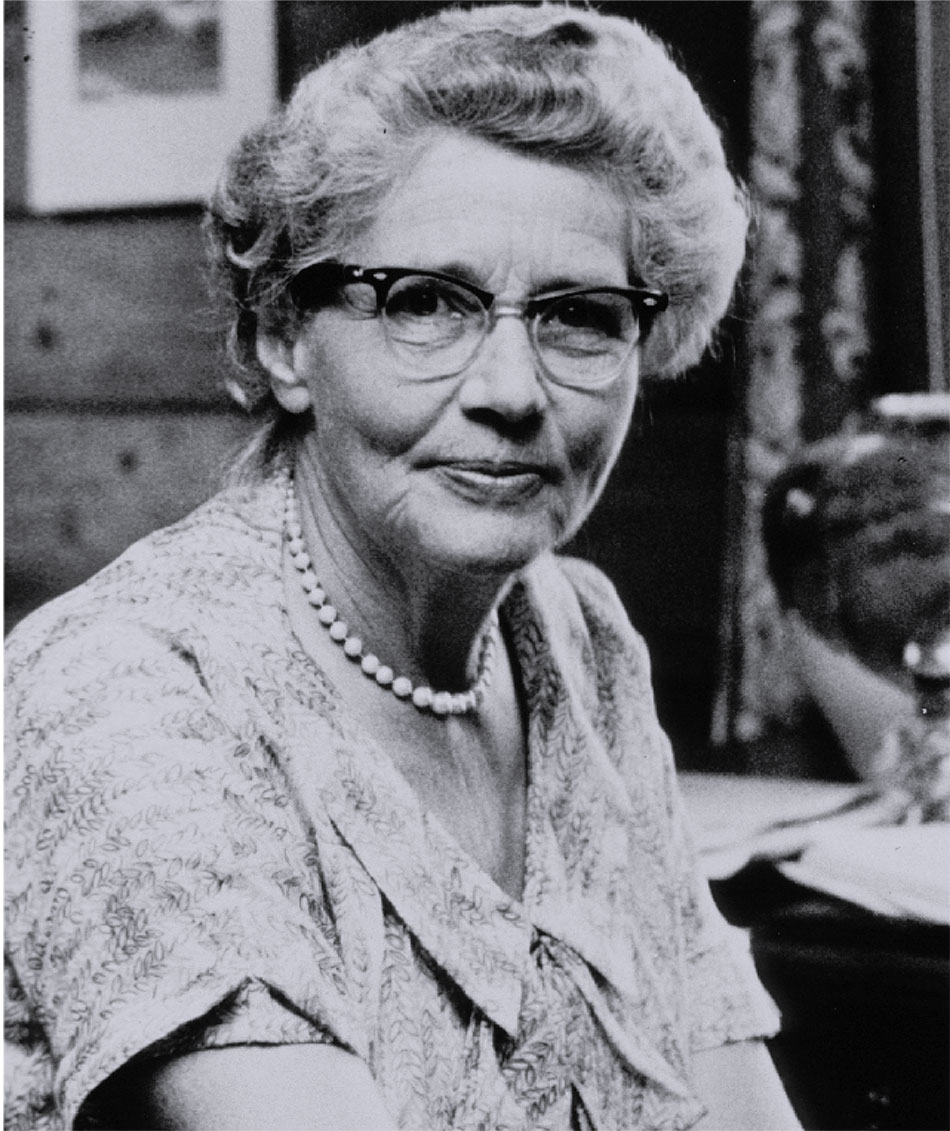
1970s
-
1970
M. Ondetti and co-workers at Squibb Pharmaceuticals design the angiotensin converting enzyme captopril. -
1971
R.G. Gosling reports the first transesophageal continuous wave Doppler recording of cardiac flow velocity. -
1972
Scientists at Sanofi Pharmaceuticals l synthesize thienopyridines, leading to the development of clopidogrel. -
1973
H. William Strauss performs the first exercise stress myocardial perfusion exam. -
1974
Edith Irby Jones, MD helped to found the Association of Black Cardiologists. -
1976
Aklra Endo reports his discovery of an HMA Co-A reductase Inhibitor capable of lowering blood cholesterol levels. - Leon Frazin describes first transesophageal echocardiography.
- Yevgenly Chazov describes thrombolysis in acute myocardial Infarction.
- James Forrester describes the hemodynamic management of acute myocardial infarction using the Swan-Ganz balloon catheter.
-
1977
Andreas Gruentzig performs the first successful human coronal balloon angioplasty on patient Adolph Bachman. - Jacqueline Noonan, MD, FACC becomes the first female governor of an ACC Chapter (Kentucky).
-
1979
Geoffrey Hartzler performs first coronary angioplasty in acute myocardial Infarction.
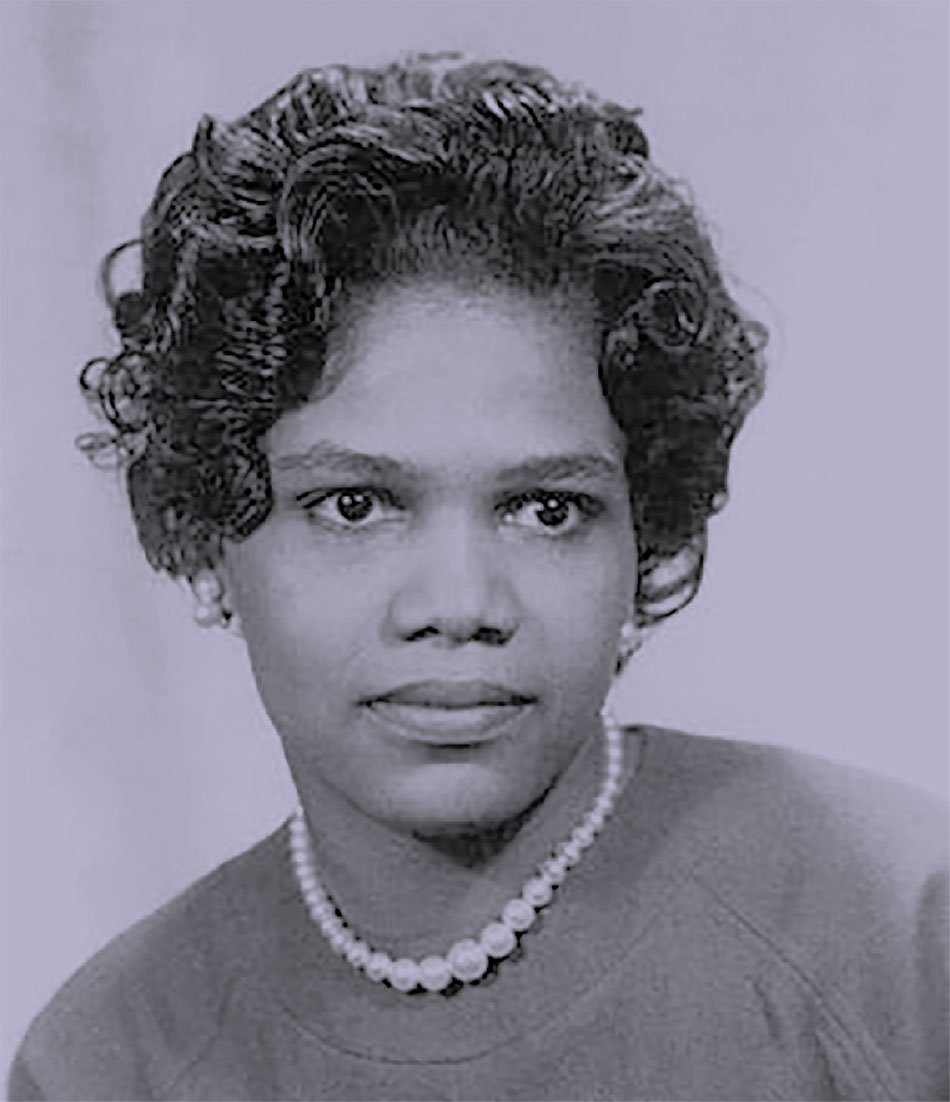
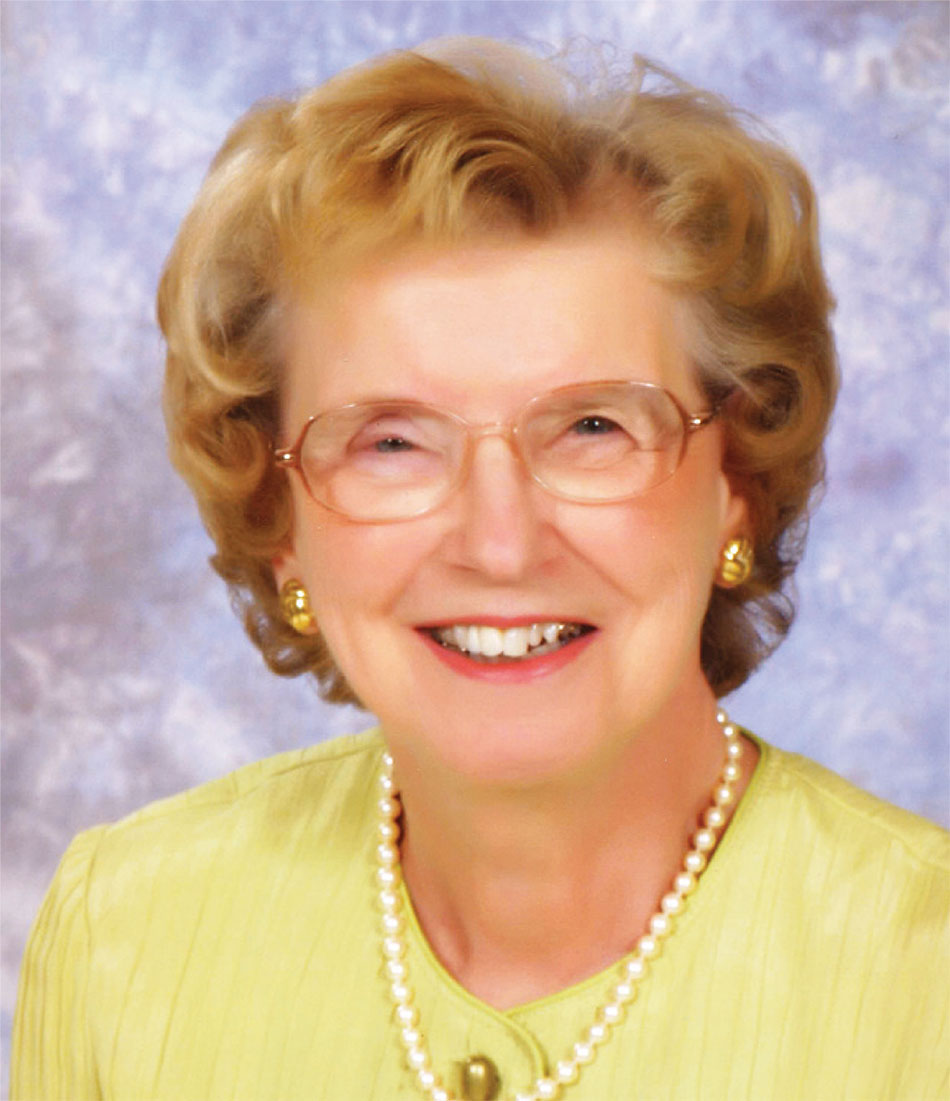
1980s
-
1980
Eugene Braunwald completes the writing of his classic book: Heart Disease, a Textbook of Cardiovascular Medicine. - Marcus DeWood describes the presence of coronary thrombi in patients undergoing surgery immediately after the onset of acute myocardial Infarction.
- Norman Shumway initiates the modern era of cardiac transplantation, using cyclosporine to suppress immune rejection.
- Angioplasty-guiding catheters are introduced.
- Michel Mirowski publishes Termination of Malignant Ventricular Arrhythmias with an Implanted Automatic Defibrillator in Human Beings.
-
1981
Helen B. Taussig, MD, FACC becomes the first woman to be selected for ACC's gifted educator award. -
1982
John Vane receives the Nobel Prize for elucidating the actions of prostaglandins and aspirin over the two prior decades. - A permanent artificial heart designed by Robert Jarvik is implanted in a human by William De Vries.
- Melvin Scheinman and John Gallagher publish Transvenous Catheter Technique for Ablation of the Atrioventricular Conduction System.
- Over-the-wire coaxial balloon systems and steerable guide wires are developed for angioplasty.
-
1983
Recombinant tissue plasminogen activator, developed by Genentech, is used to dissolve thrombus in seven patients with acute myocardial Infarction. -
1985
The pioneers of coronary angiography and angioplasty, Dotter, Sones, Judkins, and Gruentzig all pass away within nine months of each other. -
1986
Ulrich Sigwart and Jacques Puel, working separately, implant the first coronary stents In Lausanne, Switzerland and Toulouse, France. - Alain Cribier reports successful balloon aortic valvuloplasty as an alternative to surgery.
- The Gruppo ltaliano per lo Studio della Strepochinasi nell'lnfarto Miocardio (GISSI) randomized trial shows that Intravenous streptokinase Improves survival in acute myocardial Infarction.
- The Women In Thoracic Surgery Organization was founded.
- Suzanne B. Knoebel, MD, MACC becomes the first woman to receive ACC's distinguished fellow award.
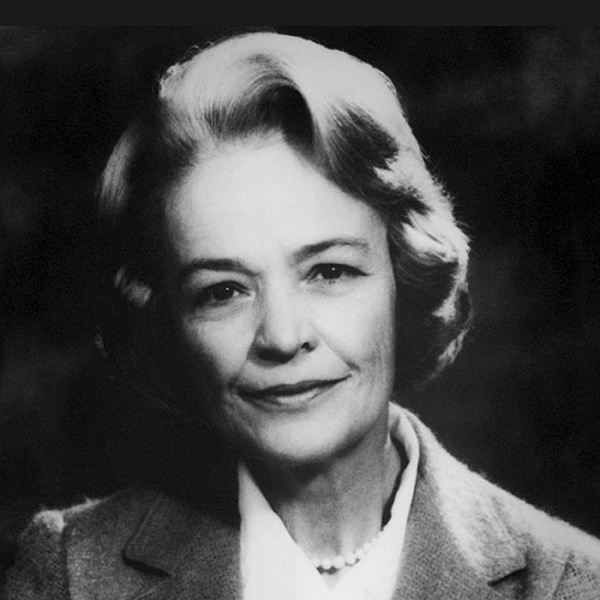
1990s
-
1990
The International Human Genome Project begins. -
1991
Bernadine Healy, MD, FACC becomes the first woman to direct the National Institutes of Health. -
1992
Bernadine Healy, MD, FACC is the first woman to be recognized for her distinguished seivice by the ACC. - Airlie A. C. Cameron, MD, FACC becomes first female president of Society for Cardiac Angiography and Interventions.
- Ruth Collins-Nakai, MD, MACC becomes the first woman chair of the Board of Governors.
-
1993
The American Heart Association's Women in Cardiology Committee is established. -
1994
The coronary stent co-invented by Julio Palmaz and Richard Schatz is approved for use in the United States. - Merck reports the results of the landmark randomized 4S trial of simvastatin with 40 percent reduction in cardiac mortality overs years.
-
1998
Suzanne B. Knoebel, MD, MACC becomes the first woman president and Master of theACC (MACC). - The WIC Section's Professional Life Survey is published for the first time in the Journal of the American College of Cardiology.
- Nancy Dickey, MD is inaugurated as the first female president of the American Medical Association.
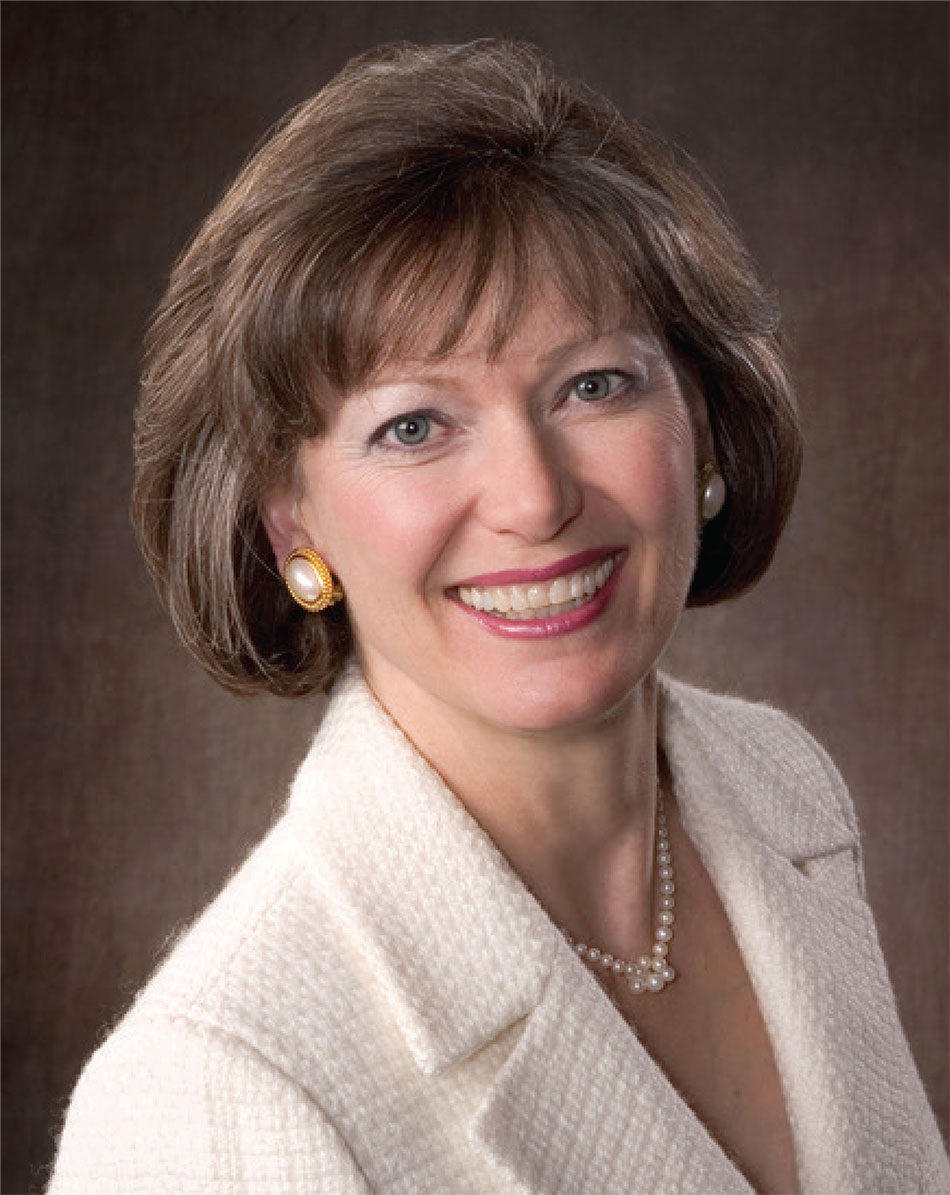
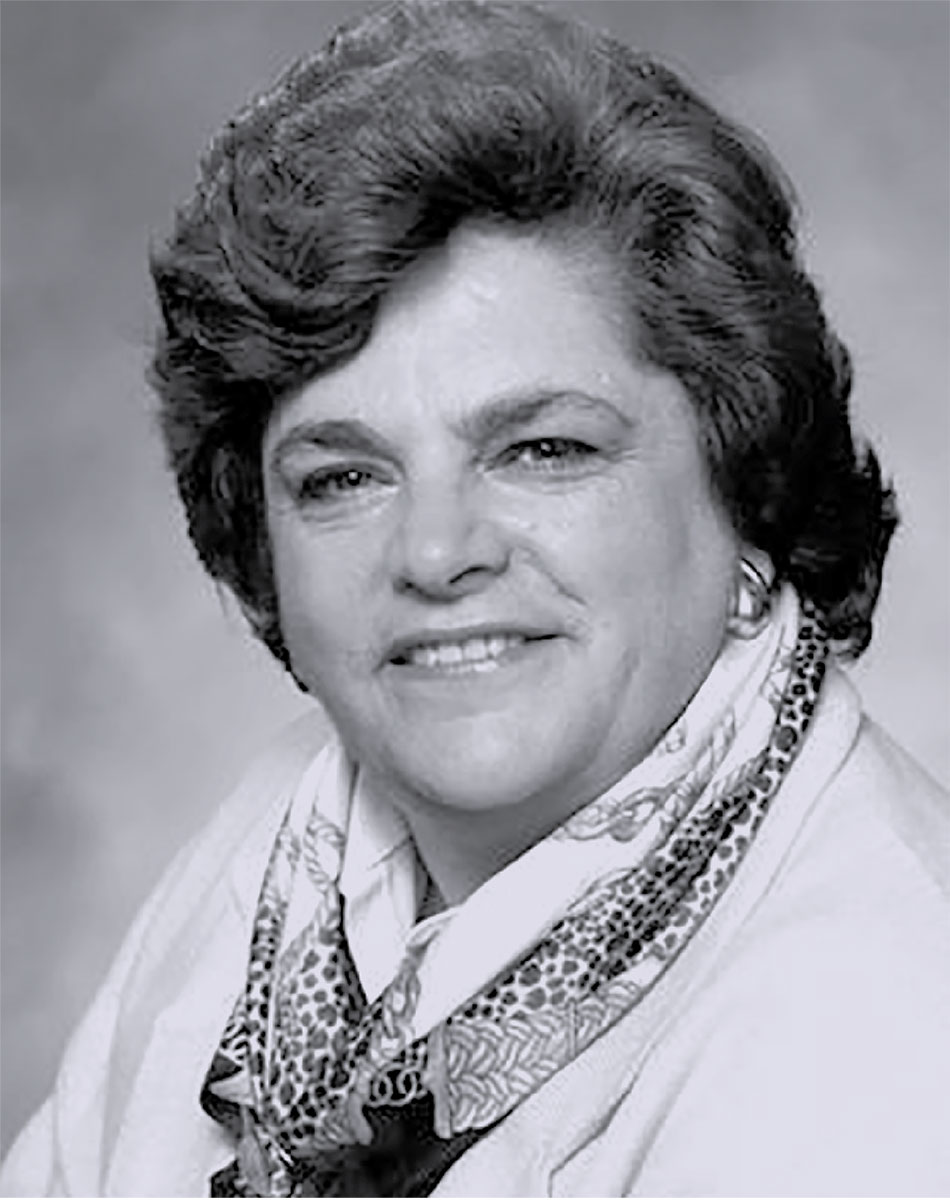
2000s
-
2000
Elizabeth O. Ofili, MBBS, MPH, FACC becomes the first woman president of the Association of Black Cardiologists. -
2002
Alain Cribier performs the first percutaneous transcatheter implantation of an aortic valve prosthesis for calcific aortic stenosis. -
2003
The first drug-eluting stent, the Cypher, manufactured by Johnson & Johnson/Cordis, Is approved for use in the United States. - The first drug-eluting stent, the Cypher, manufactured by Johnson & Johnson/Cordis, Is approved for use in the United States.
-
2004
The Women in Cardiology (WIC) Section holds its first Section meeting on Nov. 8 in New Orleans at AHA 2004. -
2005
The British Cardiovascular Society's (BCS) Women in Cardiology Committee was established. - The ACC officially launches the WIC Member Section.
- The WIC Virtual Mentorship Program launches on ACC's website.
- Elizabeth G. Nabel, MD becomes the first woman director of the National Heart, Lung, and Blood Institute.
-
2006
The first WIC Global Women's Breakfast takes place at ACC.06. - The WIC Visiting Professor Program launches with visits to six internal medicine programs in its first year.
-
2007
Jane W. Newburger, MD, MPH, FACC is the first woman awarded ACC's distinguished scientist award. - ACC holds its first Women's Career and Professional Development Program.
-
2009
Nanette Kass Wenger, MD, MACC is named as ACC's first woman distinguished mentor.
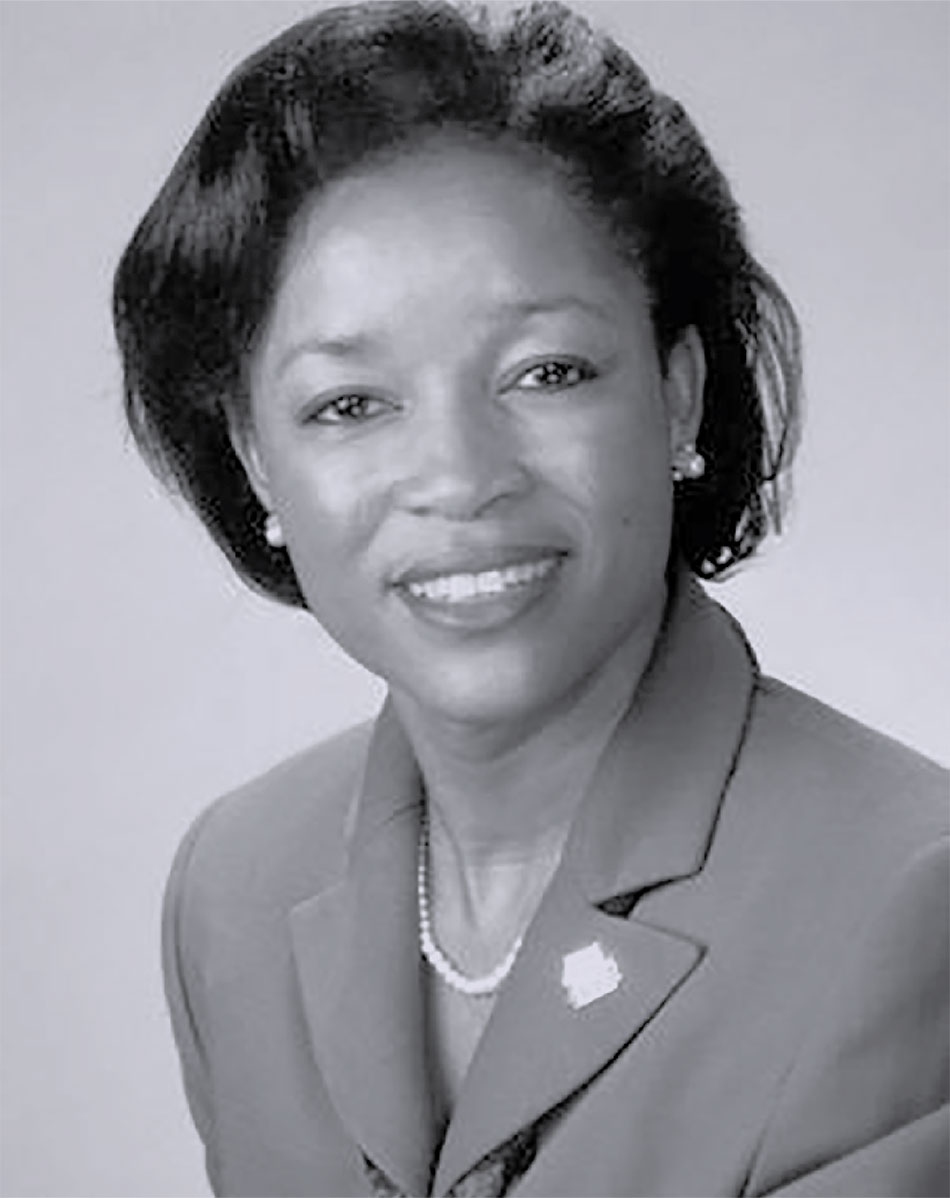
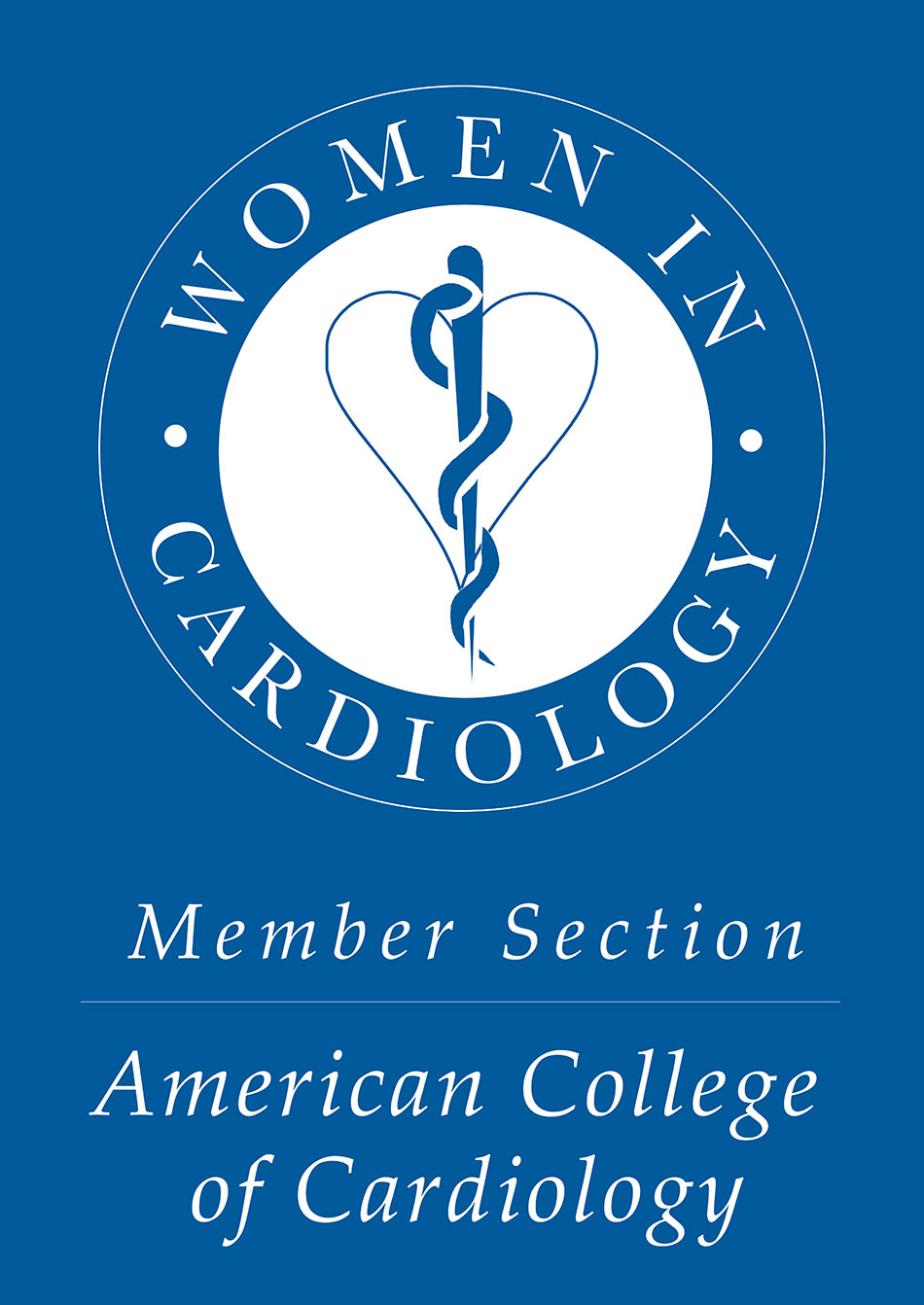
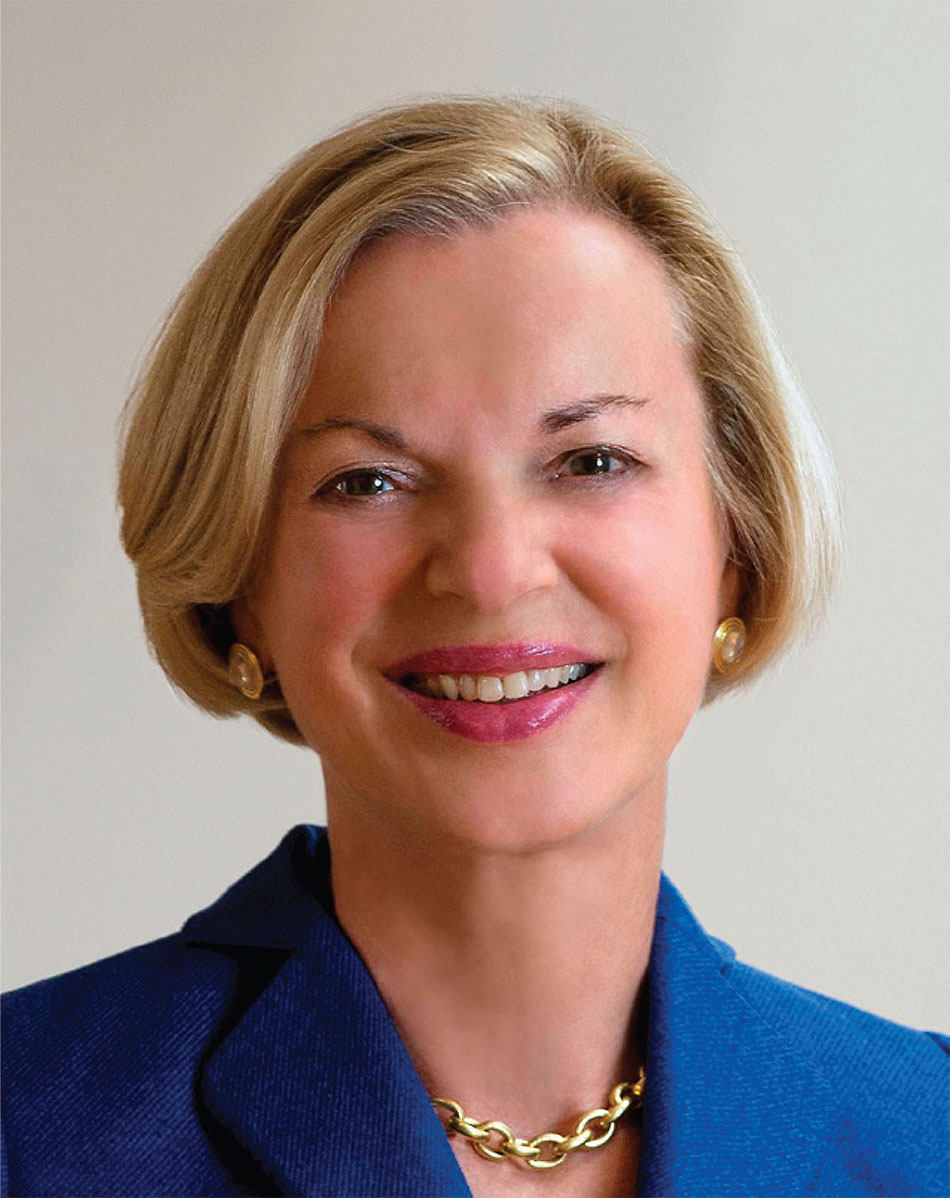
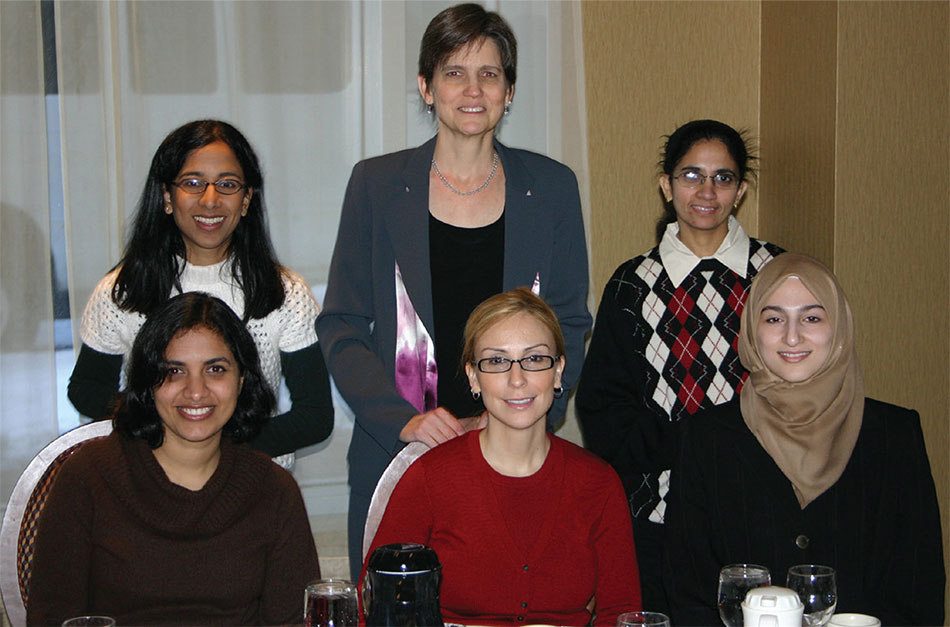
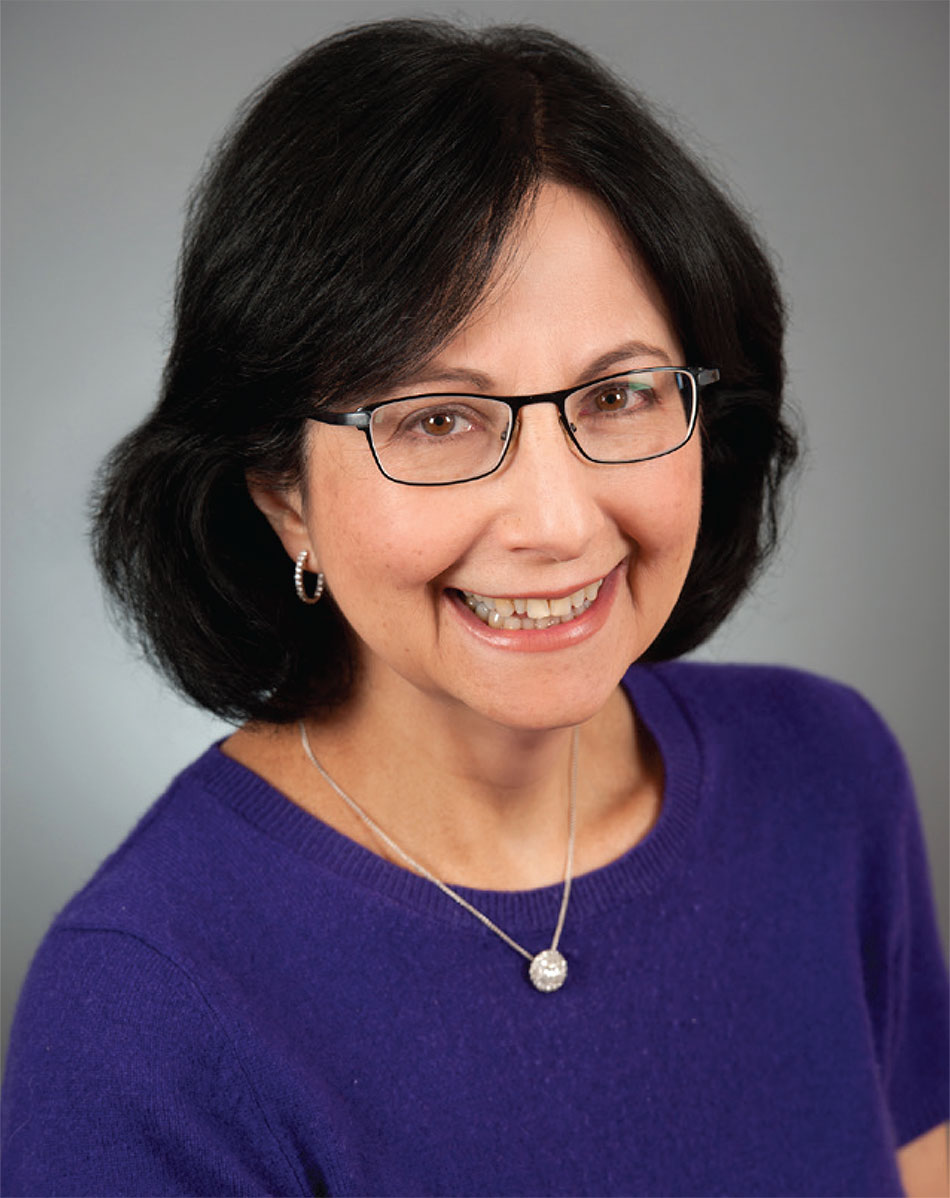
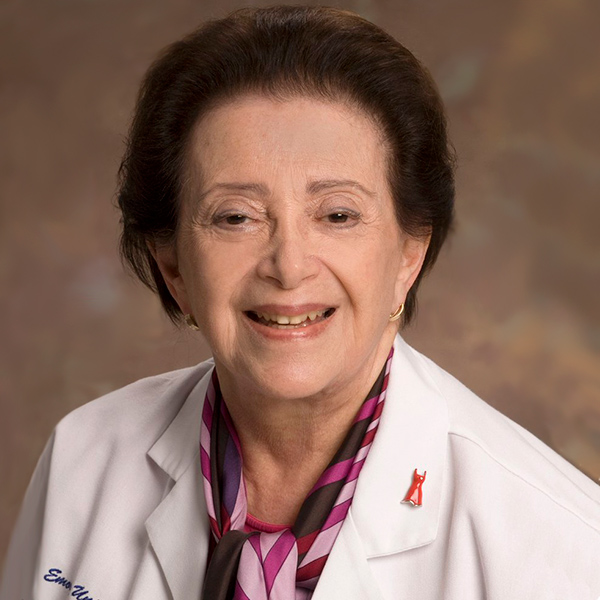
2010s
-
2012
First reports of experimental percutaneous mitral valve replacement appear. -
2013
The first WIC Section Advocacy Workshop is held at ACC's Legislative Conference. -
2015
Sarah Clarke, MD, FACC becomes the first female president of the BCS. - The WIC Section celebrates its 10th anniversary at ACC.15.
- The first WIC Leadership Workshop is held at Heart House.
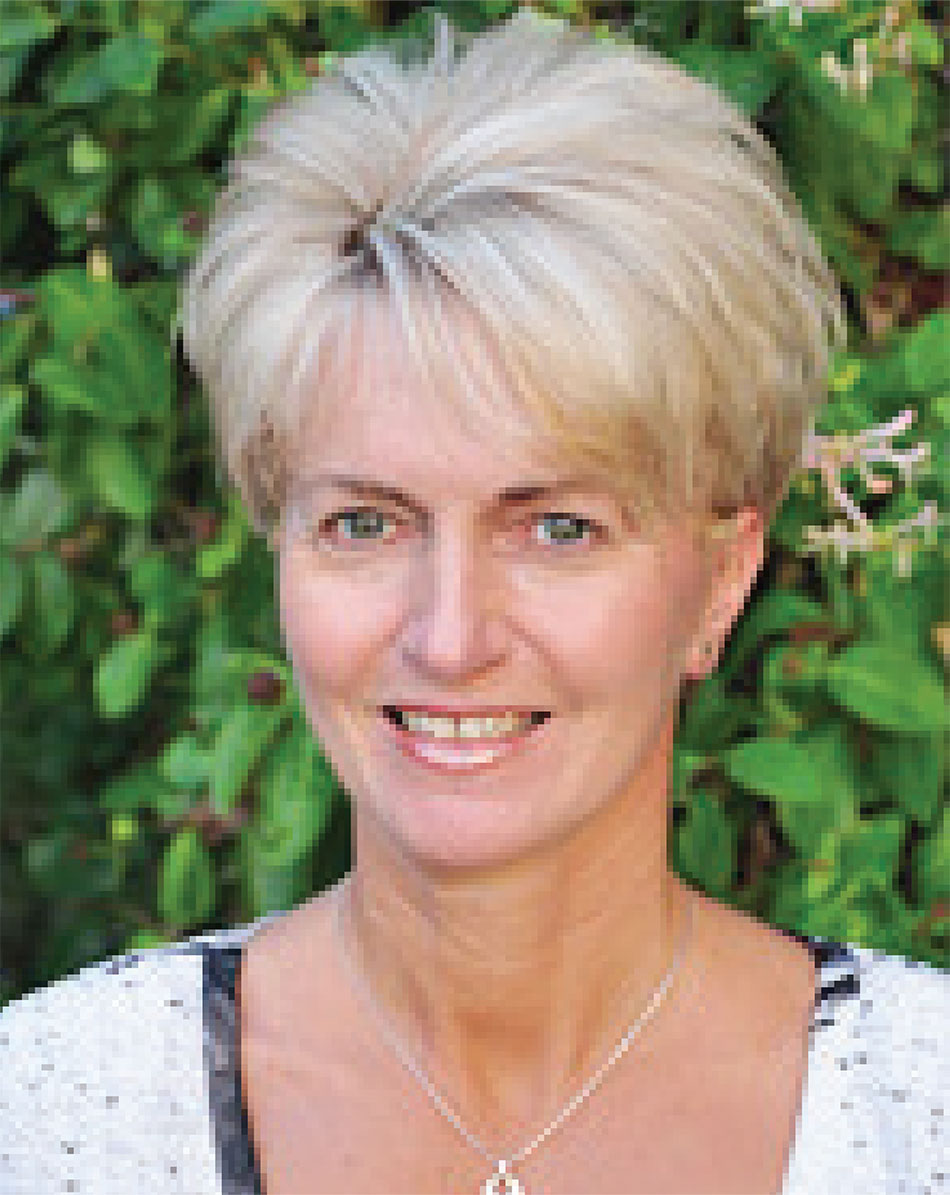
Sources: Forrester, James S. and Harold, John G., The Past is Prologue: The American College of Cardiology – 65 Years of Cardiovascular Innovation, 2014; Cardiology magazine.
